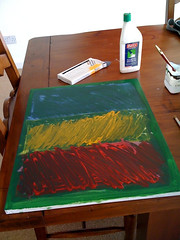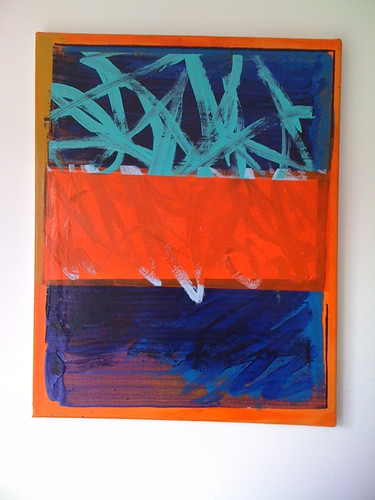Landscapes that are seen at speed, blurred, undefined, with a static, pinpoint horizon are better than watching TV.
In many respects transferring theses visual clues into (in my case) paint gives a prompt, a reminder of the general feel of the landscape… an estimate.
In all cases the created image lies about its representation. A representation/illusion takes on more realness than the actual physical object, the object then becomes a metaphor for the created illusion. This in turn creates an additional reference for the object, an extra visual adjective eg. ‘The sky was very Turneresque.’ Turner’s illusion becomes a metaphor for the real thing, which vividly describes [in words] the actual sky. The concrete object cannot say everything about itself – it has a limited vocabulary and is unable to say what is required of it, it is on many levels mute. Read more…

